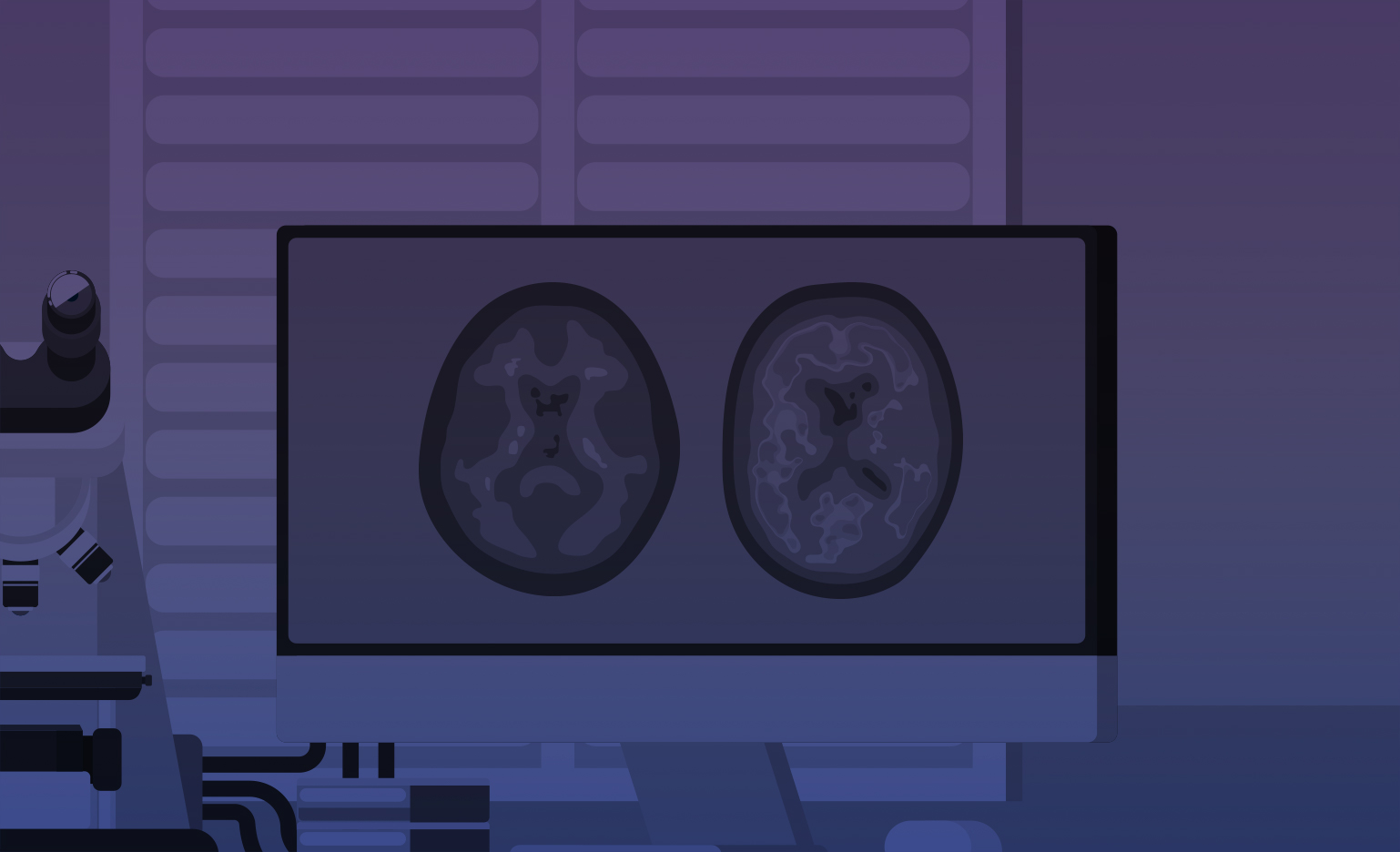Cognition Therapeutics, Inc.
Cognition Therapeutics, Inc.
Behavioral efficacy testing of anti-Abeta 42 oligomer small molecules
Cognition Therapeutics Inc.'s mission is to discover disease-modifying drugs for Alzheimer's disease that block the toxic proteins that build up in the brains of these patients. Alzheimer's disease begins as Mild Cognitive Impairment, marked by a loss of memory. This memory loss is caused by a buildup of toxic proteins in the brain. Scientific evidence suggests that one of the first proteins to build up in the diseased brain is beta-amyloid. Individual beta-amyloid proteins (known as monomers) are produced normally in the brain, where they play a vital role. Beta-amyloid monomers are released into the fluid surrounding the synapses, specialized points of contact between nerve cells where fast electrical communication between brain cells takes place. Normally the monomer is then degraded or recycled within the brain. Over long periods of time, small amounts of the protein escape the recycling system and build up in the brain. When this happens, these individual proteins begin to stick to each other and form a toxic shape known as an oligomer (from the Greek word for "many"). Unlike monomers, beta-amyloid oligomers bind to the surface of the neuron at synapses and interfere with synaptic communication, which leads to memory failure, the first sign of impending disease. Cognition's strategy to combat Alzheimer's disease is to find a small molecule drug that can stop the toxic shape of beta-amyloid. Cognition finds these drugs by studying actual mature brain cells, or neurons, in the petri dish. These neurons and their support cells (known as glia) are allowed to grow for more than three weeks, during which time they form connections and communicate with each other as they do in the adult brain. We focus our studies on events within the neuron that are related to memory formation. Neurons constantly recycle their lipid membranes, a phenomenon known as membrane trafficking that is important for a variety of cellular processes including memory formation. When beta-amyloid oligomers are added to neurons in the dish, a subset of membrane trafficking pathways are accelerated. This can be measured by analyzing microscope images of the neurons using image processing and comparing them to control-treated neurons. We then took our collection of drug-like small molecules known as a compound library, and treated the neurons with the small molecules prior to adding oligomers, and then measured the microscope images. The small molecules in our library have been designed to have similar chemical properties to molecules that are successful central nervous system drugs. We discovered several novel related families of molecules that stop the effects of oligomers on membrane trafficking. When added to neurons in the absence of oligomers, these compounds do not themselves cause any measureable side effects on the neurons or glia. We investigated how our molecules might have stopped oligomers' effects on neurons. We measured the amount of oligomers that were able to bind to the surface of the neuron in the presence of our molecules, and found that it was reduced. This is very promising, since studies have shown that even partial inhibition of oligomer binding can completely prevent their effects on memory-related electrical communication.We have examined the pharmacokinetic properties of these molecules and found that these molecules can survive in the blood stream for sufficient lengths of time to allow them to be tested in behavioral models for their ability to preserve normal memory function in the face of oligomer challenge. These promising molecules will then be engineered into drugs by an iterative process known as medicinal chemistry. These molecules represent some of the first ever reported to target these toxic proteins and stop their effects on neurons.

